Red light therapy has been around for a few decades but its truly incredible health benefits are still just emerging.
Light, in general, is a frequently overlooked natural health tool, despite the fact that we all need it to survive and thrive. And with the average American spending about 93% of their time indoors, it’s a therapy many people can really use.
Red light, in particular, provides your body with the rejuvenating and restorative power of light without containing damaging UV rays or the potential to disrupt sleep that comes with blue light sources.
Not only is it proving to be safe and effective for a variety of health issues, it can also help restore a clear and youthful-looking complexion.
In fact, there are many reasons to get excited about this new type of therapy…
The Background on Red Light Therapy
Light travels to the human eye in the form of wavelengths. It will appear as a certain color based on how long or short the wavelengths are.
Blue light, for example, is on the shorter wavelength side and falls in an approximate range of 435-500 nanometers (nm). Red light is at the opposite end of the spectrum with a wavelength range of about 625-740 nm. Just over the border of red light (starting at 750-780 nm) are infrared rays, which are invisible to the human eye.
We all soak up red light via sunlight— which contains all the color bands— but it took space research to uncover potential health benefits of red light therapy on its own.
To make a long story short, researchers started by using red light to encourage plant cell growth and photosynthesis in space and eventually discovered that it could also increase energy production in human cells.
As you might imagine, this has opened the door to a whole world of possibilities involving red light for human health.
How Red Light Therapy Works
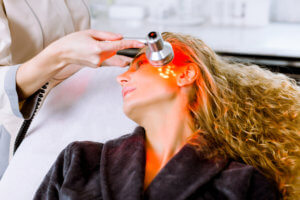
Red light therapy— also known as low-level light therapy (LLLT), photobiomodulation (PBM), or low-power laser therapy (LPLT)— is simple enough to understand as a therapeutic tool.
It makes use of an LED (light-emitting diode) device that emits red and near-infrared rays, typically in a range of 660-890 nm. Your body absorbs the red light via skin exposure and can start utilizing it almost immediately.
Now, this is where it gets really interesting.
Once absorbed, the red light activates receptors in the mitochondria of your cells. Because mitochondria are essentially the energy producers for your cells (i.e., cell “batteries”), this helps the cells to function more effectively and efficiently.
Another benefit of mitochondria activation is the production of nitric oxide, which in turn improves blood flow. This is great for your entire body because good circulation ensures your tissues are getting a sufficient supply of oxygen- and nutrient-rich blood.
By enabling cells to operate at maximum productivity and boosting circulation, red light therapy has a unique restorative effect on your body that starts deep at the cellular level.
This is exactly what gives it some highly impressive health benefits.
Emerging Health Benefits of Red Light Therapy
Reduces Inflammation and Pain
One specific benefit of improved cellular energy and blood flow is reduced inflammation. As you may know, inflammation isn’t always bad, but the chronic type is implicated in many serious (and often painful) diseases.
Multiple studies have demonstrated that utilizing red light therapy is one way to naturally calm inflammation. It has shown an ability to reduce many different types of inflammation, including in the brain, lungs, spinal cord, and wounded skin.
The even better news is that red light therapy can fight pain as well as inflammation.
A large meta-analysis determined that red light is particularly effective at reducing musculoskeletal pain. For example, it has shown promise for easing pain associated with rheumatoid arthritis and possibly reducing stiffness.
Even more studies have documented pain relief from fibromyalgia, plantar fasciitis, and temporomandibular disorder (TMD)— all from simply using red light therapy consistently.
Better Energy and Mood

Light has become a well-known therapy for certain mood disorders. A prime example of this is the increasingly prevalent use of light boxes to help combat seasonal affective disorder (SAD).
It’s no surprise, then, that there are health benefits of red light therapy for your mood. It may even be superior to light boxes or other therapies that use blue light because although blue light can make you feel more alert during the day, it can also have a negative effect on your circadian rhythm.
Red light, on the other hand, appears to improve sleep quality, and early studies have shown it to be highly effective for easing symptoms of both depression and anxiety.
By energizing your cells and supporting your sleep cycle, red light therapy may also help you feel more energized over time— something many of us could use.
Faster Recovery Time
Mitochondria are incredibly important for healthy muscles. They play a key role in muscle cell metabolism and, of course, supply energy that is needed for normal muscle function as well as repair.
As you know, red light therapy works largely by activating mitochondria receptors, which could explain why it has demonstrated an ability to speed muscle recovery.
According to one research review, red light therapy can be beneficial for both muscle fatigue and muscle injury. It reduces inflammation and oxidative stress that may slow healing, which gives it benefits for better recovery post-workout and more serious muscle injuries.
In fact, one study that used red light therapy on injured athletes found that it helped with pain, inflammation, and tissue repair associated with sprains, strains, ligament damage, and tendonitis.
May Promote Hair Growth

Now for one of the more surprising health benefits of red light therapy: hair growth.
Researchers are just diving into this aspect of red light, but the results so far are very promising, particularly if you are someone who is combating hair loss.
In a recent 2021 research review of seven separate studies, the results showed a significant increase in hair density for both men and women after using an at-home red light device. These results were compared with non-red-light “sham devices” to rule out a placebo effect.
Another 2021 study found red light therapy to be particularly beneficial for androgenetic alopecia. The researchers also documented that 650 nm red light seems to be the ideal wavelength for stimulating hair growth.
More quality clinical trials are still needed to confirm these results, but the research completed so far is certainly impressive.
May Aid Brain Function & Dementia
There’s no question that dementia is a modern health crisis. It’s one of the most prevalent age-related diseases and affects over 6 million U.S. adults in the form of Alzheimer’s disease.
Any breakthrough that could prevent or help treat brain decline would be incredibly welcome at this point, and red light therapy may prove to be an important piece of the puzzle.
Keep in mind that research is still in the early stages, but a few human studies have already found that red light and near-infrared therapy can improve symptoms of dementia. One of the pilot studies specifically found improvements in cognitive function, sleep, and anxiety as well as fewer outbursts and less wandering.
A separate study found better memory recall and executive functioning in dementia patients after they received the light therapy.
Other lab-based research also indicates that red light therapy may help prevent brain decline, potentially staving off Alzheimer’s disease.
Again, much more quality research is still needed on this subject, but one important conclusion that can be drawn so far is that red light appears to help protect brain function with zero negative side effects.
Health Benefits of Red Light Therapy for Your Skin
Boosts Collagen & Fights Multiple Signs of Aging

Red light therapy is surprisingly potent when it comes to healthy-, youthful-looking skin. In fact, it’s quickly becoming a non-damaging, non-chemical way to combat wrinkles and rejuvenate skin.
One of the biggest assets red light has is an ability to boost collagen production. Collagen is one of the most important proteins in your skin, and when it starts to disappear (which happens with age), wrinkles and fine lines are quick to move in.
Along with boosting collagen, red light therapy has been found to increase skin elasticity, reduce wrinkles, AND improve skin roughness.
It is important to note that these benefits took time and were seen after using red light consistently for at least 4-6 weeks. However, the end result is still very impressive and came about with no adverse effects.
Helps Combat Acne & Other Inflammatory Skin Issues
Inflammation plays a big role in acne and numerous other skin disorders. By calming both internal and external (skin) inflammation, red light can help with breakouts and may calm other inflammatory skin ailments as well.
As far as acne is concerned, red light therapy works best for mild to moderate breakouts. Shorter wavelengths of around 630 nm appear to be the most effective, and one study found a significant decrease in acne lesions after 10 weeks of treatment.
The health benefits of red light therapy for acne seem to increase even more with the addition of blue light, which is thought to have antibacterial effects. The two together proved to be very safe and effective for mild-to-moderate acne in a different study.
Other research has also shown promising effects of red light therapy for treating psoriasis, including 60-100% clearance rates in one case!
Promotes Wound Healing & May Fade Scars

Not only can red light therapy help smooth out wrinkles and calm inflamed-looking skin, it also promotes wound healing.
According to one small study, the use of red light improved the healing of both treated and untreated wounds when compared to a “sham device” group. Other studies have confirmed these results and suggest that red light therapy can be helpful for burns, skin grafts, and infected wounds as well.
But that’s not all.
Researchers have also discovered that red light therapy may be able to fade the appearance of scars, including those that form from acne and skin trauma.
Interestingly, red light appears to achieve scar reduction by down-regulating collagen, which can accumulate and contribute to scar formation. This would mean that it both boosts collagen production and down-regulates it, depending on what is needed— which is nothing short of incredible!
Are There Any Precautions with Red Light Therapy?
Given the outstanding health benefits of red light therapy, it’s fair to wonder if there are any downsides. Remarkably, there are few to no precautions for most people, although you should always consult your healthcare professional before starting a new therapy if you have a serious medical condition.
As a general caution, you shouldn’t ever stare directly into a red light device and should avoid using one completely during the healing period after LASIK eye surgery.
Flicker (i.e., changing light frequency) is a light-related issue that can cause headaches in sensitive individuals. Most small red light units don’t cause flickering, although it can happen with larger plug-in units.
There is no evidence that red light therapy is dangerous during pregnancy or breastfeeding. However, there are also few to no clinical trials proving its safety, so be sure to talk with your healthcare provider before using it in either situation.
Overall, red light therapy has an excellent safety profile— more so that many other products we use for our body and/or skin.
It does not emit any kind of UV radiation, so there’s no need to worry about skin damage or burning. Red light also does not damage your skin like other types of laser treatments do and is effective for all skin types.
Ways to Utilize Red Light Therapy
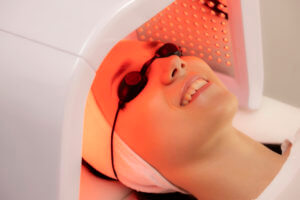
There are two main ways you can make use of red light therapy: in-office treatments or at-home devices.
In-office treatments tend to be the most powerful, but they can also be the most expensive. To ensure quality, look for options from a dermatologist or medical office and follow their recommendation for frequency and length of treatment.
At-home devices are rapidly improving in technology and allow you to access red light therapy whenever it fits into your schedule. Though not quite as powerful as most in-office devices, there’s no evidence that they are any less effective.
However, it’s important to keep in mind that not all red light devices are created equal.
Look for one that has some type of third party certification to ensure that it works as advertised and is safe for you to use.
Top Recommendation: LUMEBOX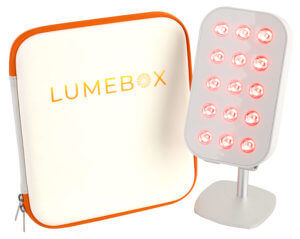
If you want to bring the power of red light therapy into your home, look into the LUMEBOX, one of the safest, most powerful, and most cost-effective options on the market.
(IMPORTANT NOTE: If you are interested in the LUMEBOX, when you click the following link, you’ll save over 40% on it today — you will see these huge savings only when you add the LUMEBOX to your cart! Click here now for more about the Lumebox and these big savings!)
Not only does LUMEBOX have the advantage of being portable, hand-held, and battery-powered, it has also been proven in lab testing to be 80% more powerful than other at-home devices. Just as importantly, LUMEBOX is third-party tested for safety (including EMF radiation) and FDA registered.
To put it more simply, LUMEBOX gives you safe, powerful, and effective red light therapy in mere minutes a day from the comfort of your home. It even comes with protective eyewear AND operates at both red and near-infrared wavelengths.
To learn more — and to save over 40% on it if you are interested today — head here now for the LUMEBOX (again, when you add it to your cart you will see a limited time 40% OFF savings on it for you!)
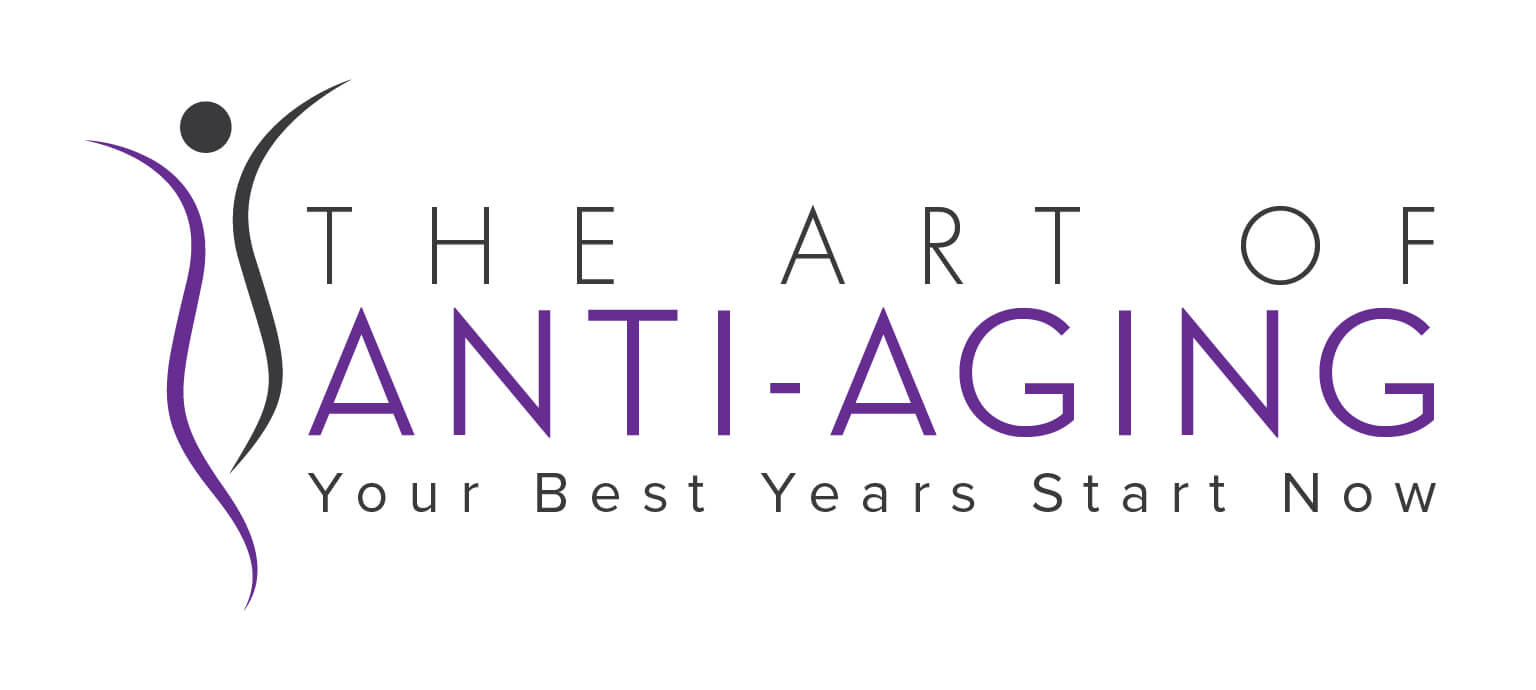

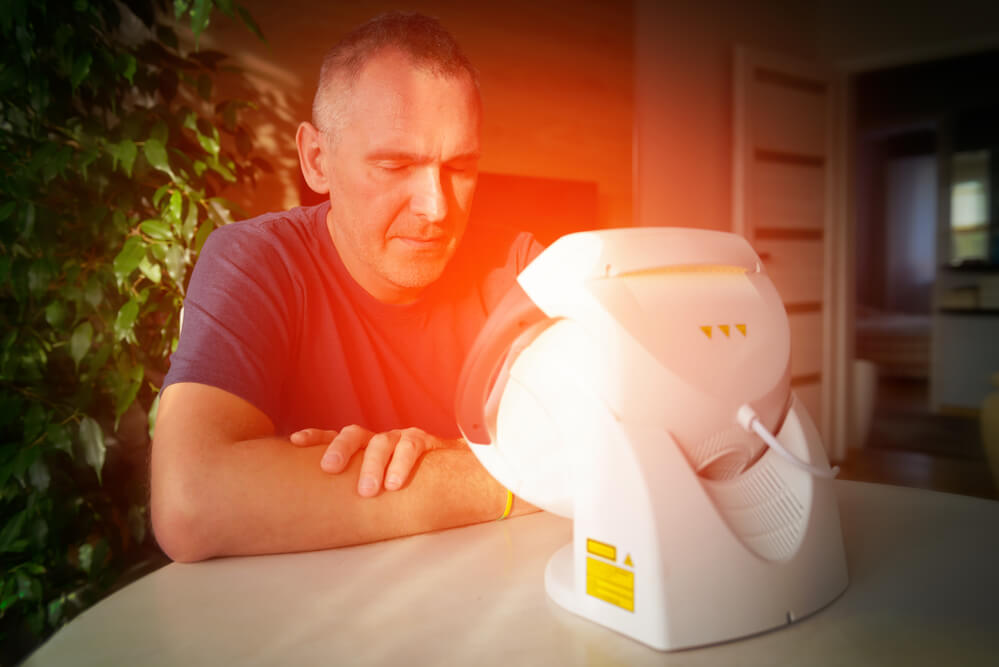
Can we get the Lumebox in the UK, please?
thank you,
Is there any info regarding using these light devices on skin where retinols have been used regularly? I used one and got a very light sunburn.
I have been using a hand held Red Light Therapy tool on my arthritis flare ups, my planter fasciitis and any other aches and pains and it works like magic
Thank you so much for sharing this information in such a clear and excellent way! All your posts are very useful and great.
Your jokes are brilliant, too! I love them.
I love his jokes too!
Thank you for this article. I purchased a red light therapy torch and belt. This confirms its effectiveness and safety. I can now use it more confidently. Many thanks!
I use a small handheld LightStim infrared light for hair thinning and it is to early to tell if it will work. However, it does remove or lighten permanent makeup pigment, and dimishes some scars.
I especially am thankful for the information you have provided and intend to use it regularly for my hairloss.
Drema
Thank you for this great information. Many years ago I used red light therapy and it was great. I shall start back.
Very informative and interesting article. – thank you! It makes me want to check into buying a hand-held one!
Thank you for this great information!
very informative article and it certainly appears to have some promise. Thanks for sharing.
I have the Lumebox, and am trying it every day on my neck wrinkles, and for hip pain. the key is consistency! I wasn’t aware of the use for hair loss!
thanks Brian!
A Minister we trust said recently that God told him Red Light is a treatment God stands behind for us to use. Amazing!
Growing up in England in the 1960s my mother had an infra-red lamp made by Philips. She loved it. It hastened her healing from a bad shoulder injury and she used it for many small bumps and sprains. We all did ! Is this device similar to the home models of that time period which were very popular.
I have been using red light therapy for my lower back pain. it helps the pain but I now have very thick hair on my lower back. I do not want the hair so it is an unwanted side effect for me.
I use red light therapy on my knees, it seems to reduce the pain.
The time to buy one is to short!
I have been using red light therapy since January of this year. I use it pretty much every day.It does in fact help with pain. I have a degenerative disc in my L4 L5, lower back, and arthritis in my right thumb. I use it every day and it does take away my pain. I had two pretty bad falls skiing this season, where I stretched my ligaments in my left leg and groin. I could hardly walk, I was back skiing with in six days.
It is interesting that you bring up the hair growing, two days ago I noticed that I had new hair growth coming up on the top of my head. I thought it might be from the collagen I have been taking, however, it could be from the red light Therapy.
I have noticed improvements in all the areas that you have mentioned in your article.
my late husband used red light therapy for back pain and it worked so did not have to use pain medications. this is one great tool for healing.
Thank you for this highly interesting overview. I am wondering what the difference between red light therapy and infrared light therapy is. Does infrared light reap the same benefits? After all the devices also seem to emit red light…
I received light therapy at my chiropractor for fasciitis . I also am getting light therapy for a very painful arthritic thumb. It has done wonders!It has saved me from getting surgery and cortisone shots.the chiropractor has a pretty powerful one though so results are probably better.